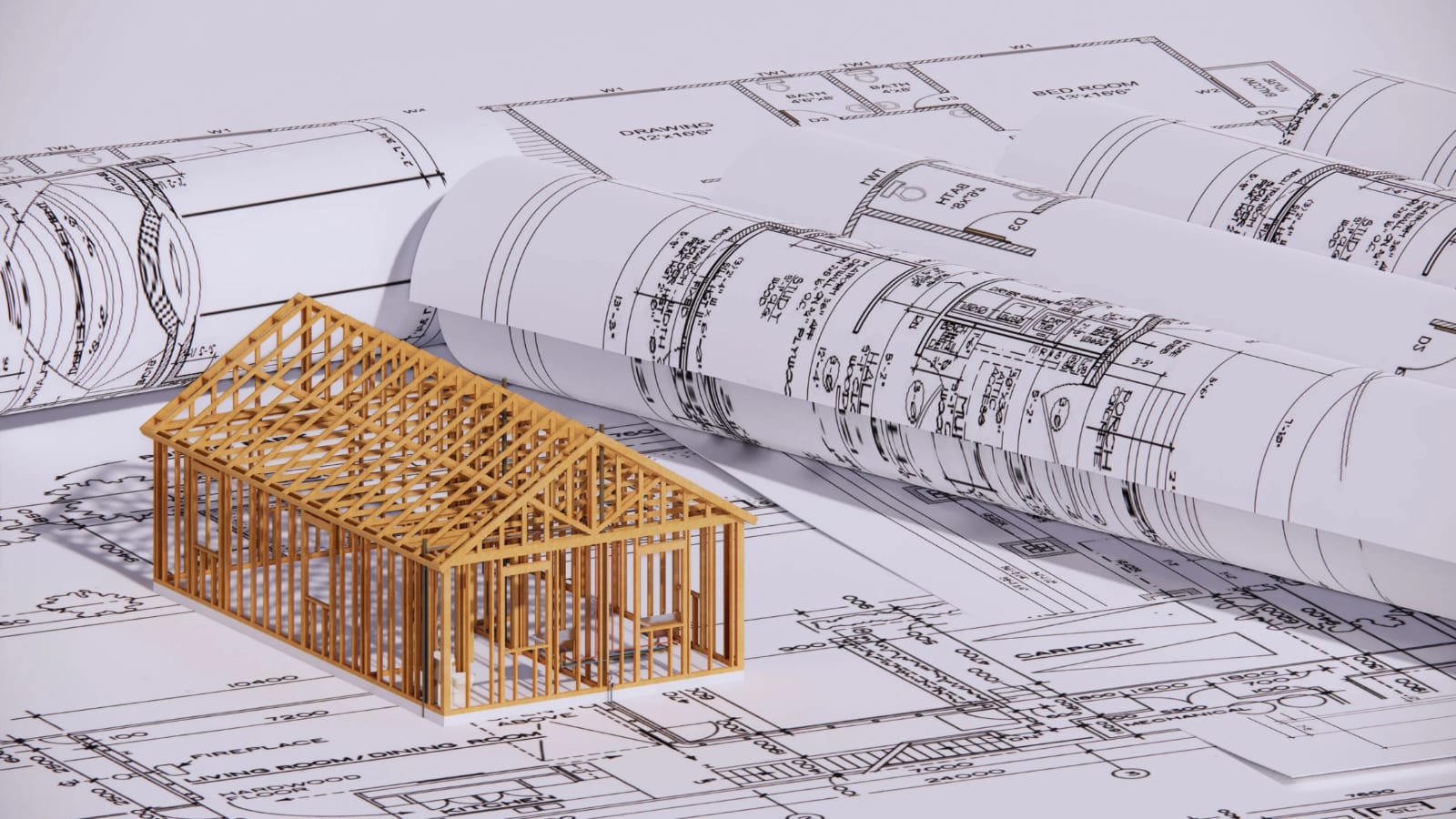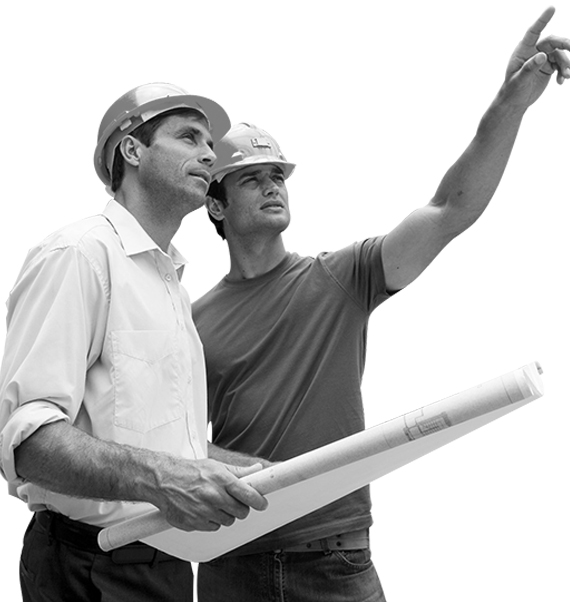
Architecture Design
The process of architecture design involves conceptualizing, planning, and creating structures. It combines art and science and includes considerations of aesthetics, functionality, and technical knowledge. Architects strive to develop spaces that are both visually attractive and fulfill their intended function effectively and efficiently.
Key Components of Architecture Design:
- Functionality: Architectural designs must meet the specific needs and requirements of the building's intended use. This includes factors such as circulation, accessibility, and spatial organization.
- Aesthetics: The visual appearance of a building is an important consideration in architectural design. Aesthetics involve elements such as form, color, texture, and materials.
- Sustainability: In today's world, sustainability is a crucial aspect of architectural design. This involves incorporating eco-friendly features that reduce energy consumption, water usage, and waste production.
- Structural Integrity: Buildings must be structurally sound to ensure safety and durability. This involves understanding the principles of structural engineering and using appropriate materials and construction techniques.
- Cultural Context: Architectural design often reflects the cultural and historical context of a region. This can be seen in the use of traditional materials, styles, and symbolism.
- Technology: Advances in technology have significantly impacted architectural design, with new materials, construction methods, and digital tools enabling innovative and sustainable designs.
Architecture Design Process:
The architecture design process typically involves the following stages:
- Pre-Design: This stage involves understanding the client's needs and goals, conducting site analysis, and researching relevant codes and regulations.
- Schematic Design: This stage involves developing initial design concepts, including floor plans, elevations, and perspectives.
- Design Development: The design is refined and detailed, incorporating feedback from the client and addressing any issues.
- Construction Documents: Detailed drawings and specifications are prepared to guide the construction process.
- Construction Administration: The architect oversees the construction process, ensuring that the building is built according to the design and specifications.
Architecture design is a complex and multifaceted field that requires a combination of creativity, technical knowledge, and problem-solving skills. By understanding the key components of architectural design, the different styles, and the design process, you can appreciate the artistry and skill involved in creating beautiful and functional buildings.

Frequently Asked Questions?
Some key principles of good architectural design include:
- Functionality: The design should be practical and efficient for its intended use.
- Aesthetics: The building should be visually appealing and harmonious with its surroundings.
- Sustainability: Consider environmental impact and energy efficiency.
- Safety and accessibility: Ensure the building is safe and accessible for all users.
When choosing an architect for your project, ensure they have experience in your type of project, review their portfolio and testimonials, and consider their communication skills and compatibility with your vision.
Factors influencing the cost of architectural design include: project size and complexity, scope of services (e.g., design, permits, construction oversight), architect's experience and reputation, and location with local market conditions.
The project timeline varies depending on the size and complexity, typically involving initial consultation, design development, and finalization stages.
While it's possible to make changes, it's generally more efficient to finalize the design before construction begins. However, minor adjustments can be made if necessary.



